
巴西Cais do Sertão博物馆
Cais do Sertão Museum / Brasil Arquitetura
由专筑网李韧,吴静雅编译
来自建筑事务所的描述:Pernambuco州政府选定了Recife旧港口区域的仓库,以及仓库旁侧的大型自由用地,这就是这座博物馆的所在地了。场地位于Recife城市的滨海地区,毗邻被列入国家历史遗产建筑中的Marco Zero。
Text description provided by the architects. For the construction of the museum, the Government of the State of Pernambuco destined one of the warehouses of the old Port of Recife and also a large free area contiguous to this warehouse. This set, located on the seafront on the island where the city of Recife was born - next to the Marco Zero - is inserted in the list of buildings and spaces listed as national historical patrimony.
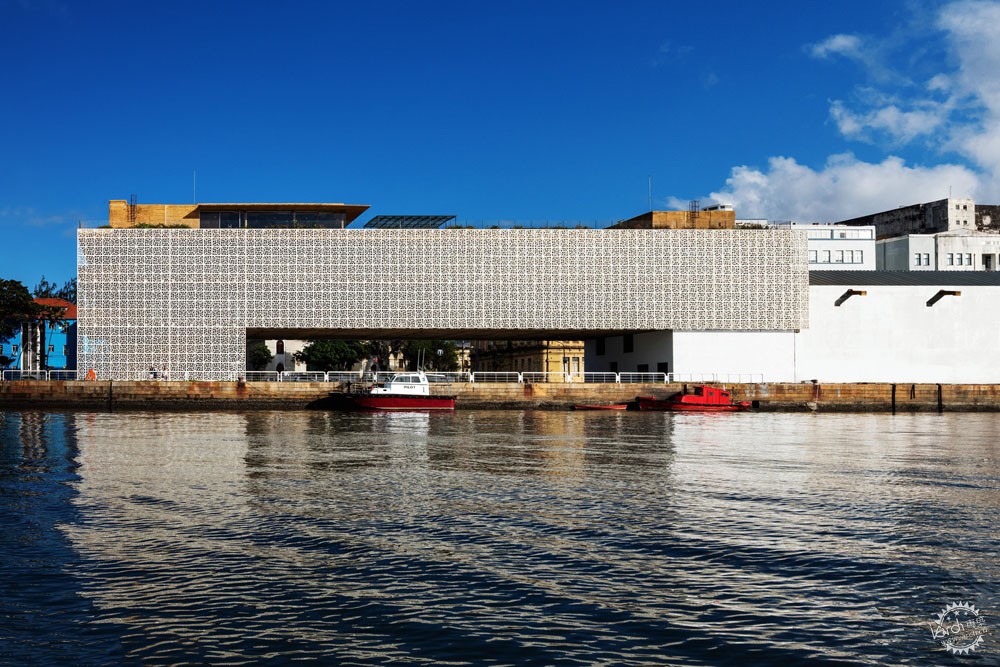
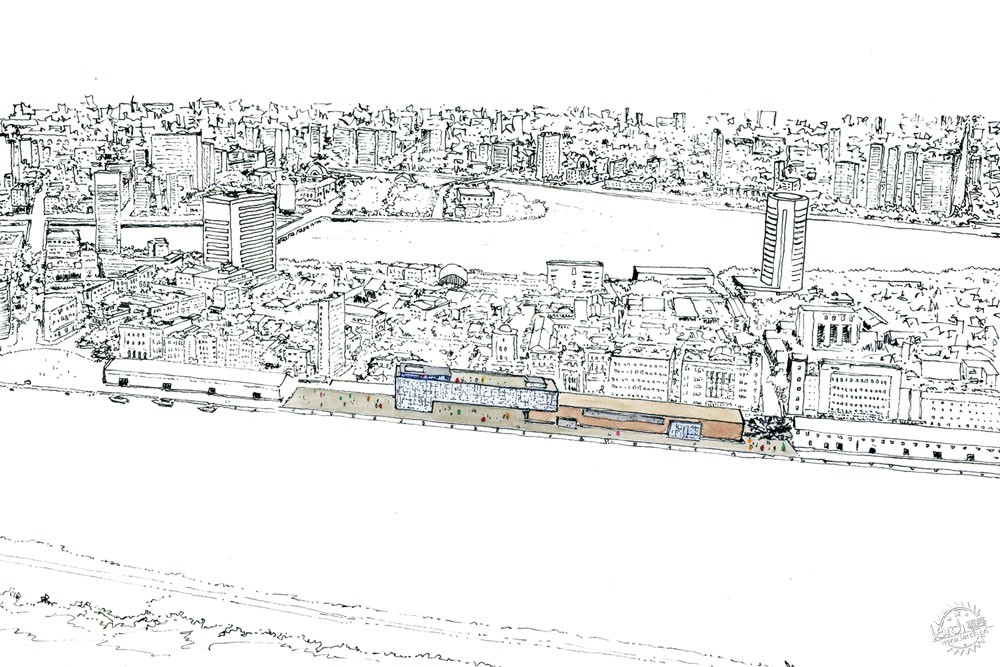

根据当地的规划政策,旧港口的仓库需要得以保留,但是可以用作其他新功能,该建筑项目便是利用其中的一个仓库,面积约2500平方米,同时新建了一座建筑,面积约5000平方米,它们相互连接,加强了港口的建筑长线,以容纳博物馆的所有项目。
Aligned with the urban and state planning of the city to keep the old port warehouses giving them new functions, the architectural project was developed with the use of one of them (2,500m2) and the creation of a new building (5,000m2 ) connected to the shed, reinforcing the long line of buildings of the port, to house all the program of the museum.
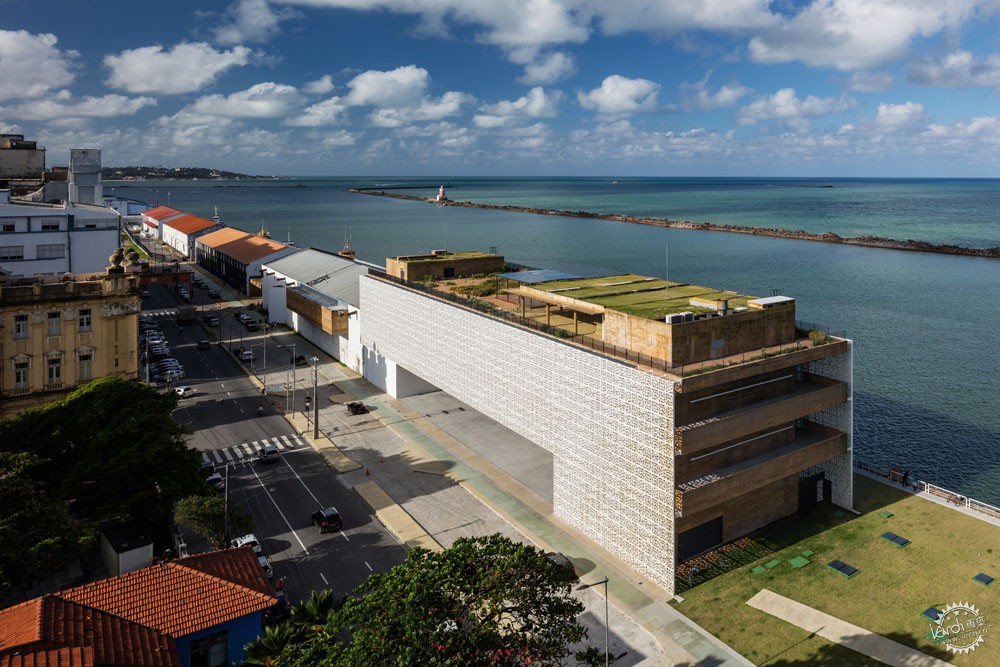
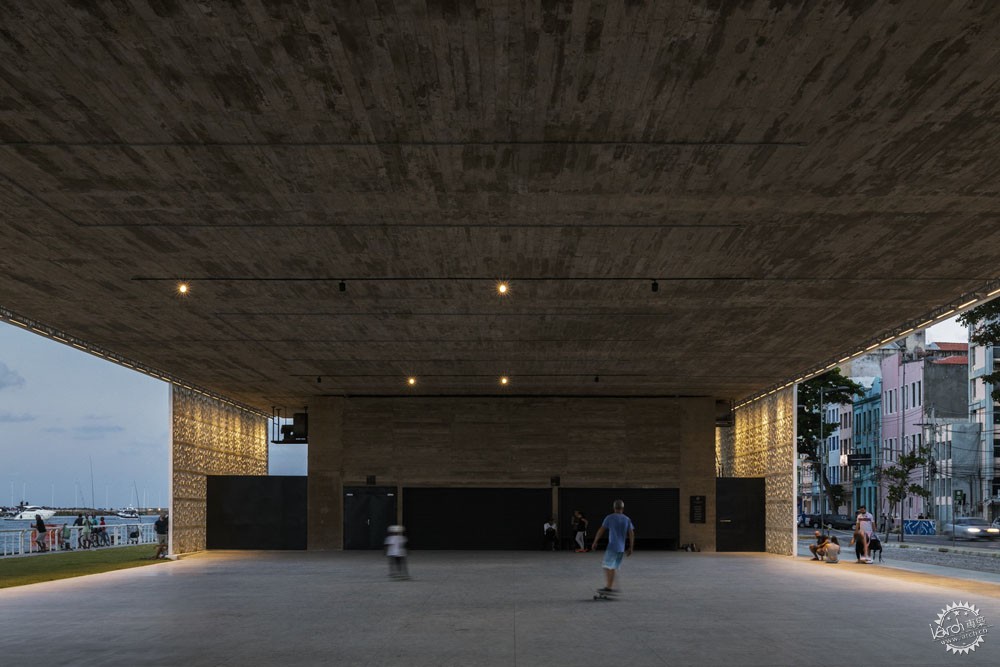
由于地理位置以及社会文化项目的重要意义,这座博物馆及其周边的开放区域形成了一个整体,共同创造了全新的城市地标。同时这也是整体历史中心的城市代表,强调了城市与其水域--运河、河流、海洋的联系。在博物馆之中,建筑师将Sertão东北部的各项特征也结合在这座城市的滨海地区,例如景观、气候、生物多样性、人文、传统、艺术、信仰、居民,以及音乐。
Due to the importance of its location and its sociocultural program, the museum as a whole - with its open areas - creates a new urban landmark in the landscape of Recife. It should also function as an agent for urban renewal of the entire historic center, reinforcing the city's ties with its waters - canals, rivers and the sea. And in this specific case of the museum, bring the vast world of the Northeastern Sertão to the seaside of the metropolis: its landscape, climate, biodiversity, human occupation, traditions, arts, beliefs, migrations and its powerful music.

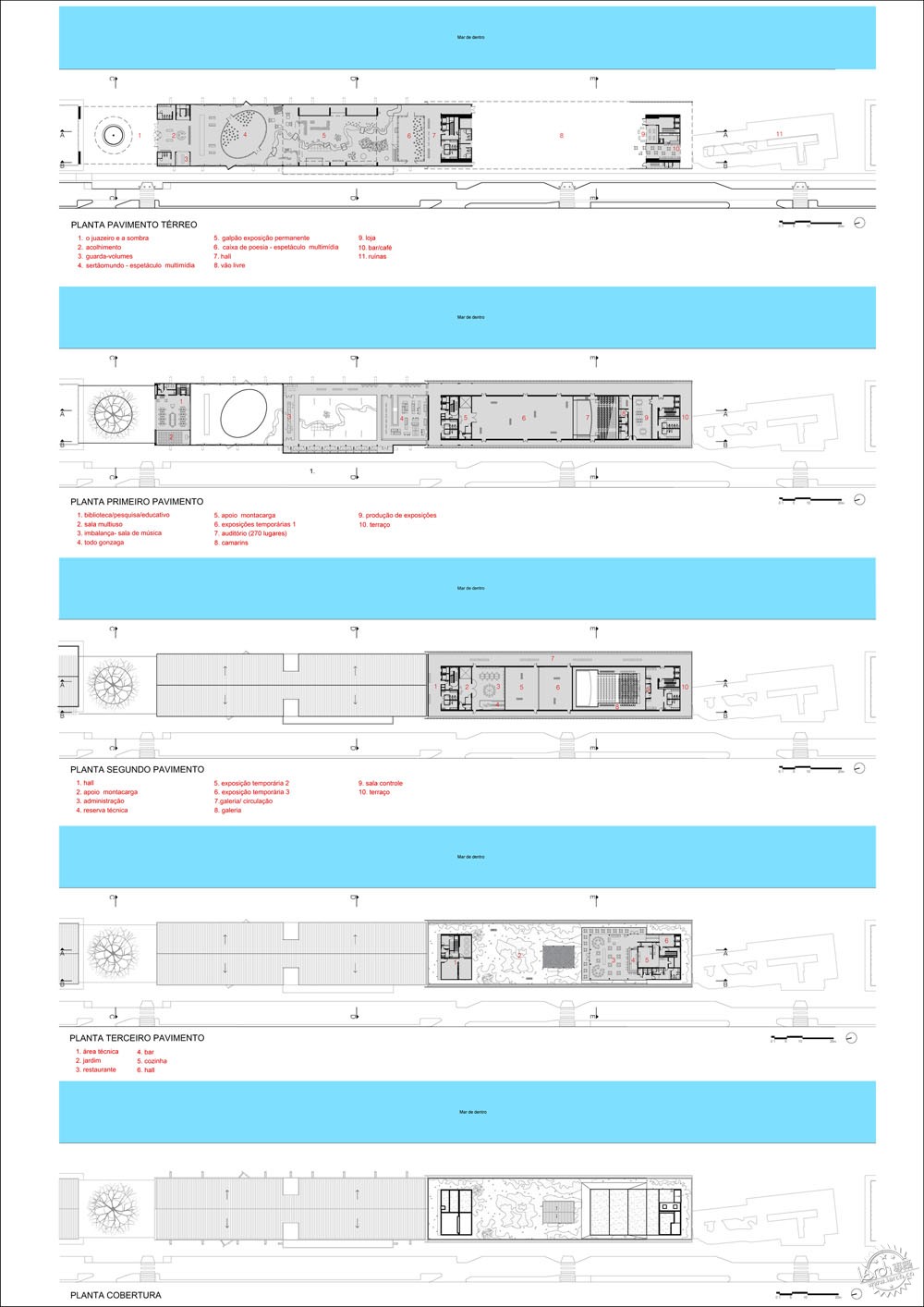

该项目表达了对巴西文化的重要标志Luiz Gonzaga的敬意,同时也表达了当地城市文化的多样性,这对于巴西人们的生活方式非常重要。建筑与博物馆理念的结合创造了统一的主题,即Sertão。赭石色混凝土代表了土壤的温暖气息。建筑师设计了预应力混凝土结构,跨度约65米,构成了大型的广场灰空间,这也如同城市阳台,因为能够为城市人们遮风挡雨,其中容纳了多重功能,例如聚会、市场、表演等等,人们还可以在此充分感受景观的美好。
In addition to paying a fair tribute to one of the greatest icons of Brazilian culture - Luiz Gonzaga -, this project presents the universe of the sertão in its multiple strands forming a Brazilian way of being. The fusion between architecture and museography creates unity from the theme: Sertão. The ocher yellow pigmented concrete represents the warm color of the soil. With a sophisticated structure of prestressed concrete, we designed a large span of approximately 65 meters of light, creating a large covered plaza, a veritable urban balcony - sheltered from the strong sun and rainfall of the city. This covered square can have a multitude of uses, from parties open to fairs, from shows to nothing to do in the enjoyment of a good shade or view of the reefs.

建筑中最具象征意义的元素便是巨大的cobogó,如同是建筑的特殊表皮,这专为该项目而建造。该元素柔化了室内外空间的界限,通过“枝丫”之间的空隙让内部人士能够感受到外部的景观,而通过“甜美与温柔”的形态而成为外部世界的一道风景,因此没有哪种元素比它更能代表这座城市。建筑师所设计的表皮体系就如同一座巨大的白色网格,包裹在赭石色的混凝土结构外部,这让人联想起动物的形态,或是干裂的土地。那么这一元素也成为了Cais do Sertão博物馆的标识。
But the most symbolic element of architecture is the giant cobogó, created especially for the project. Nothing is fairer than the use of the cobogó in the constructions of Recife, city where he was born, for its characteristics to soften the relation of the interior / exterior spaces, creating a filter of light for those of inside that look at the landscape through "branches" , and a "sweet and softened" vision for outsiders, the passers-by who covet the inside. Our cobogó executed in concrete geopolimérico should work like a great white income very well on the yellow structural concrete, remembering the caatinga antler, or the cracks of dry soil. This strong element is the Cais do Sertão logo.
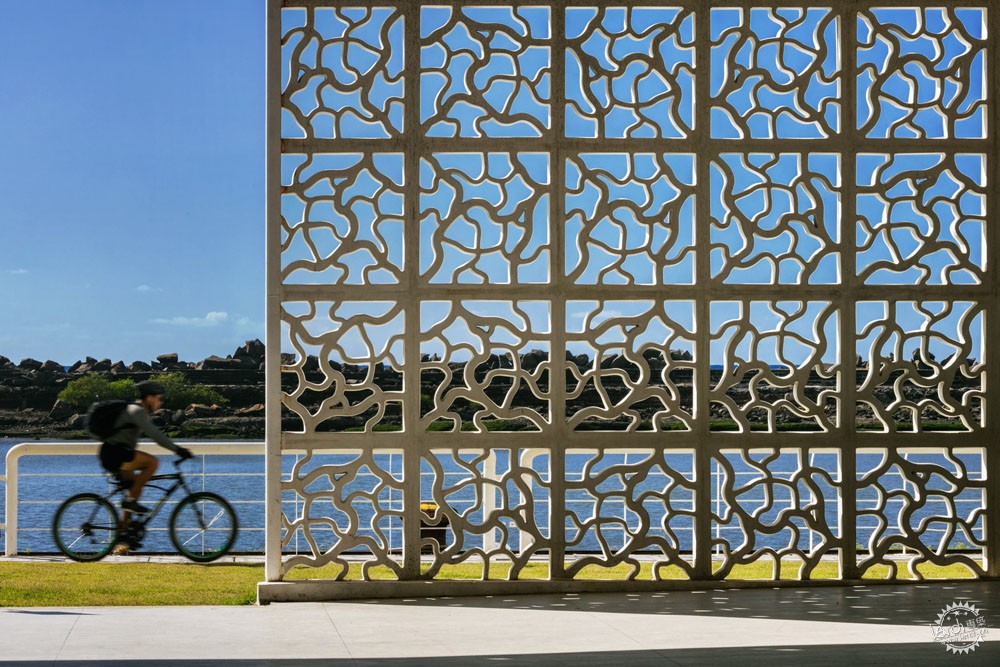
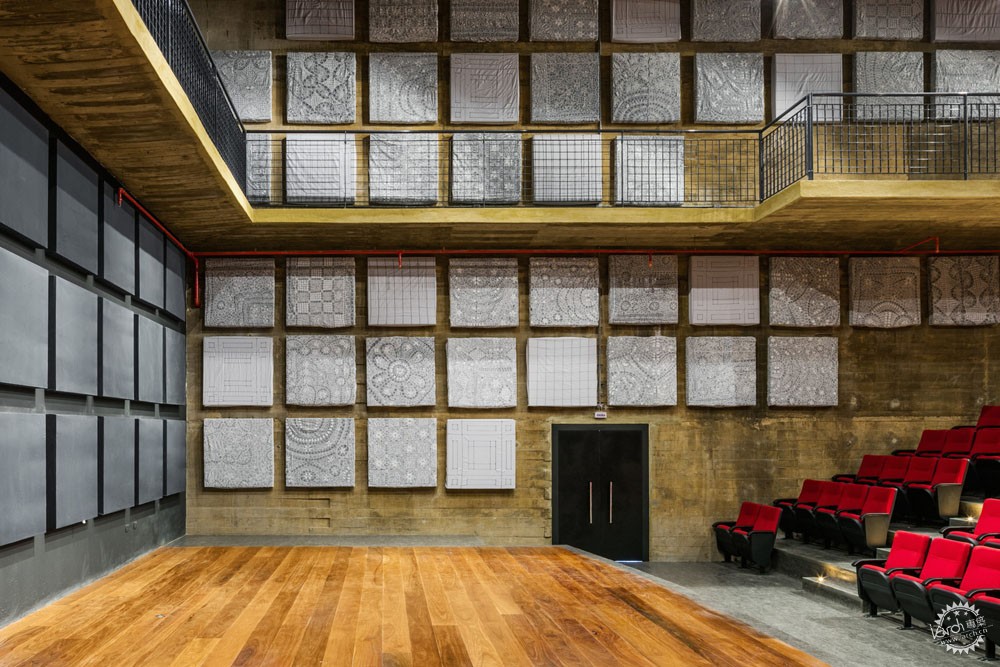
博物馆面向多元化的公众与学校开放,在建构文化与博览形象方面成功结合了高科技施工与阐释方式,不同的研究对象和人类学的严谨性,以及诸如专为博物馆、纪录片、电影、照片而创建的不同支持体系。而这些内容也来源于强大的基本概念,这些概念由不同领域的专家们专门研发,最终让建筑成为城市的共同体。
Open to the most diverse public and schools, the museum has been a success for its architectonic and museographic proposal to combine high-tech constructive and expository, varied objects researched with anthropological rigor, works of art in different supports specially created for the museum, documents, movies and photos. All this is based on a strong concept and content developed by experts from various areas of knowledge, as well as an architecture with a strong urban insertion.

在城市滨海地区,这座博物馆为当地人们带来了奇妙的宏观视角,无论人们富有与贫穷、悲伤与欢乐、暴力与诗意,这座博物馆都完美地将它们展示出来。
In presenting the 'sertaneja' life in a modern equipment at the seaside of the metropolis of Pernambuco, the museum tries to open the eyes of all Brazilians to the fantastic universe, at the same time rich and poor, tragic and festive, violent and poetic of great part of the population which inhabits this territorial expanse called Sertão.


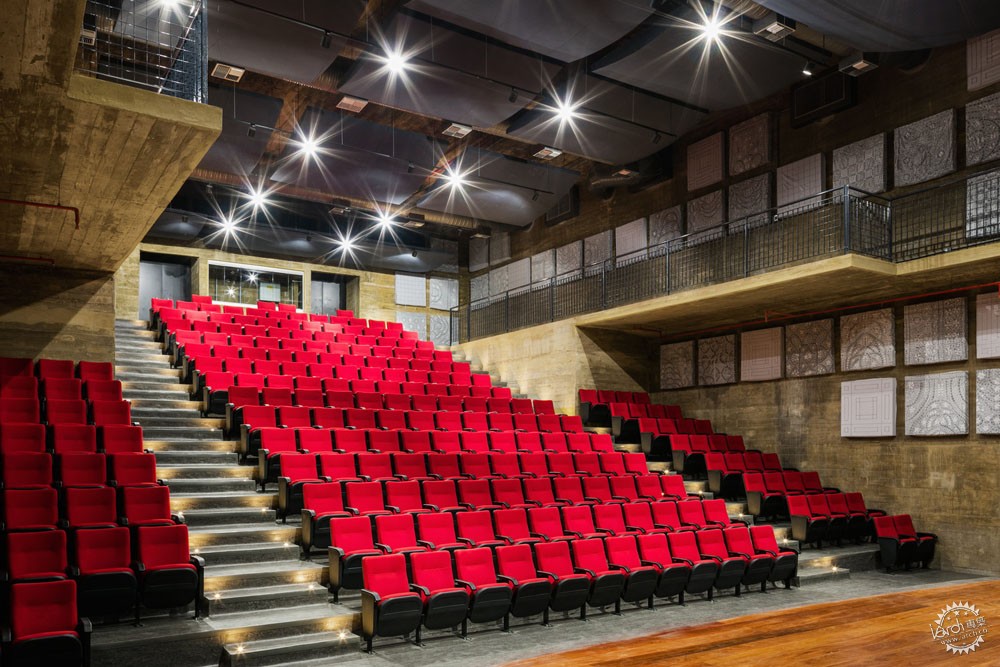
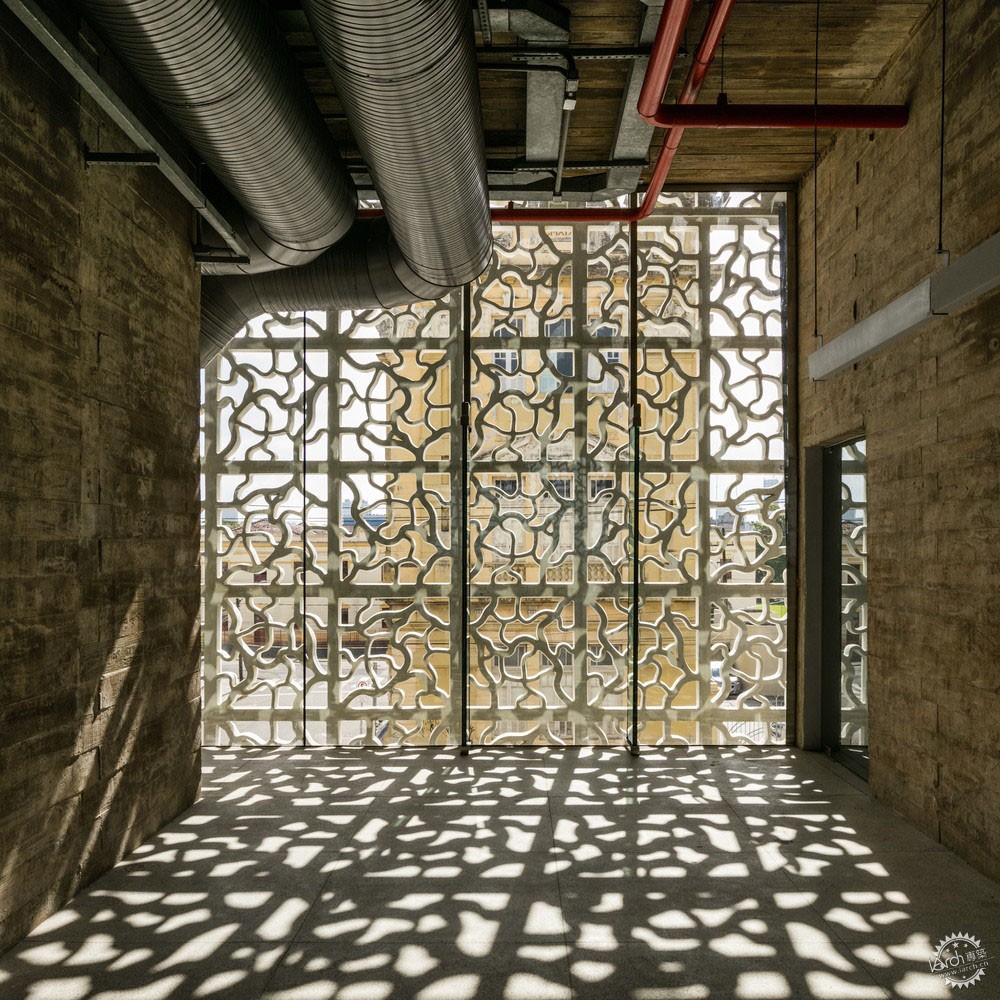
而这座建筑以时而微妙、时而直接的方式隐喻地展示了博览图像的主轴线。无论理性还是情感层面,Cais do Sertão博物馆都为人们提供了独一无二的体验。
The result is a building that reveals, metaphorically, in several ways - sometimes subtle, sometimes blunt - the main thematic axes of museography. Cais do Sertão has provided its visitors with a welcoming, unique experience, both intellectual and affective.
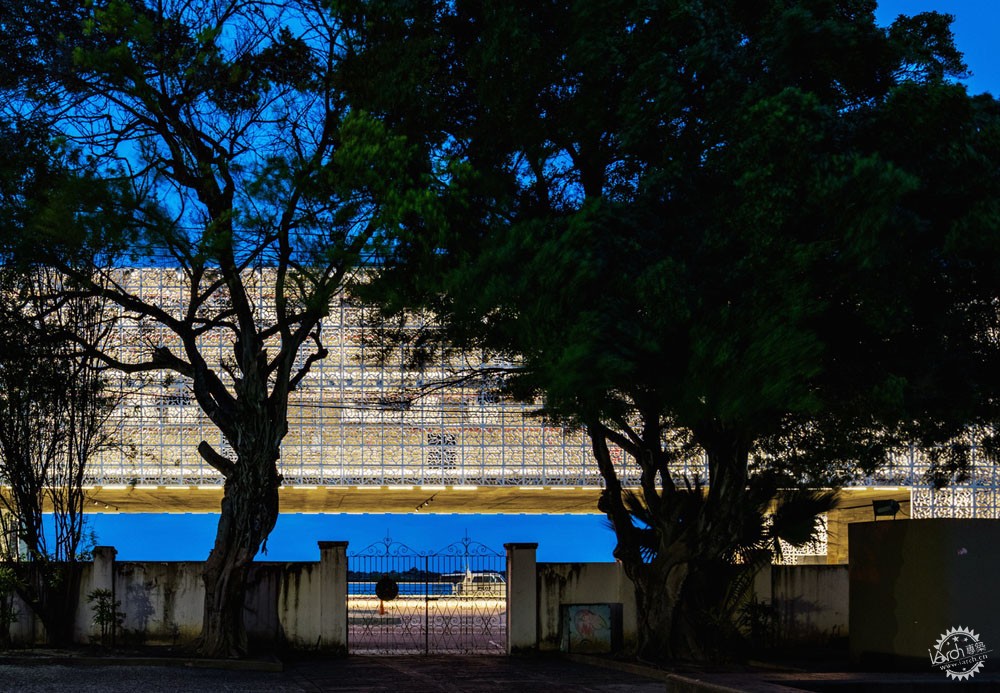
简要来说,Cais do Sertão博物馆是融合了诗意的技术,亦或是高技与低技的火花,还可以说严谨与丰富的自由与诠释,最终,这里还是一座“审美享受”的场所,其中容纳了情感、惊喜与发现。这是城市的柔软内在。
To sum up in a nutshell what is Cais do Sertão, we can say that it is the encounter of technique with poetics, of hi-tech with low-tech, of the rigorous and rich content with the possibility of free interpretation and enjoyment; finally, a place for "aesthetic enjoyment", where emotion, surprise and discovery go hand in hand. A place of urban gentleness.

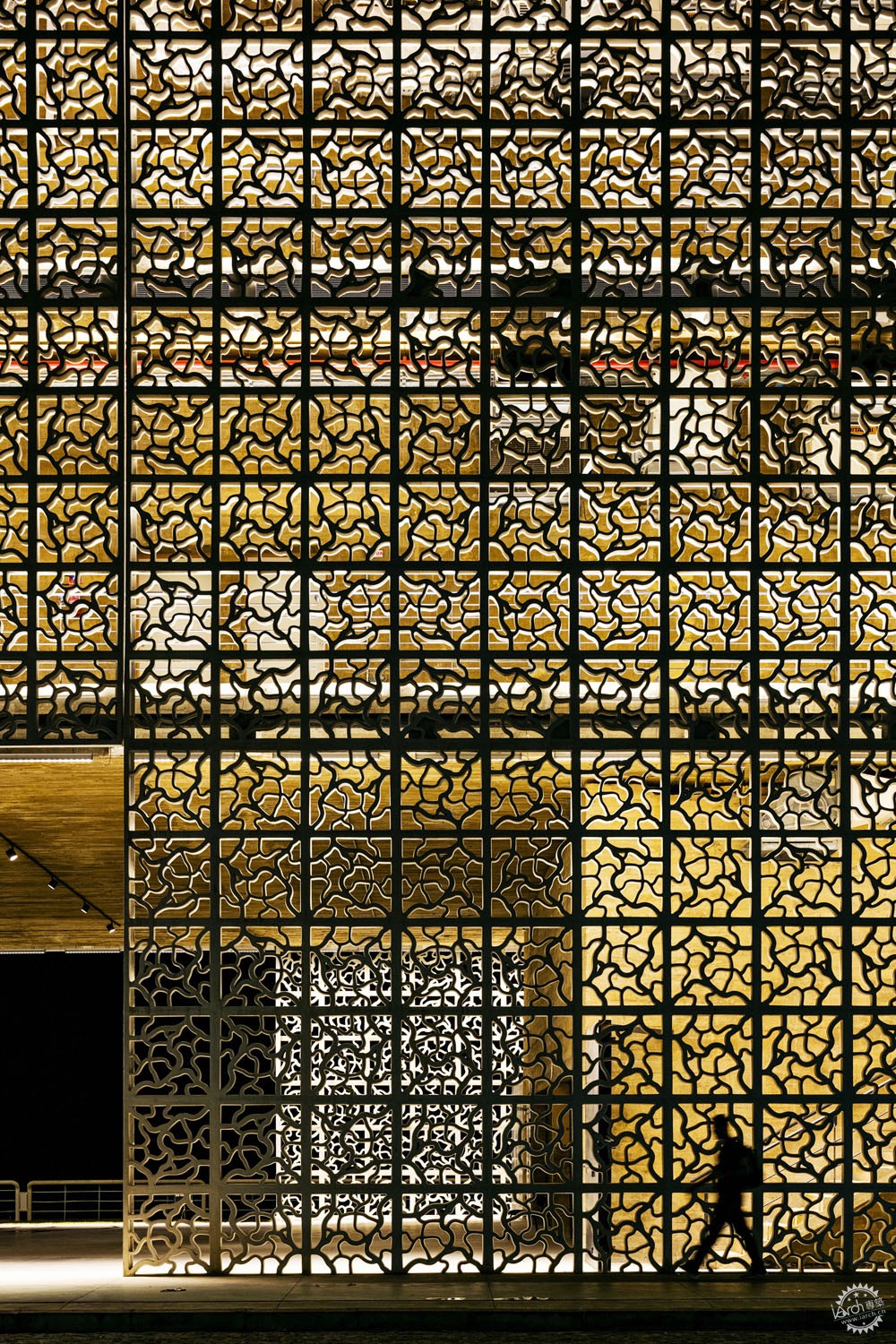

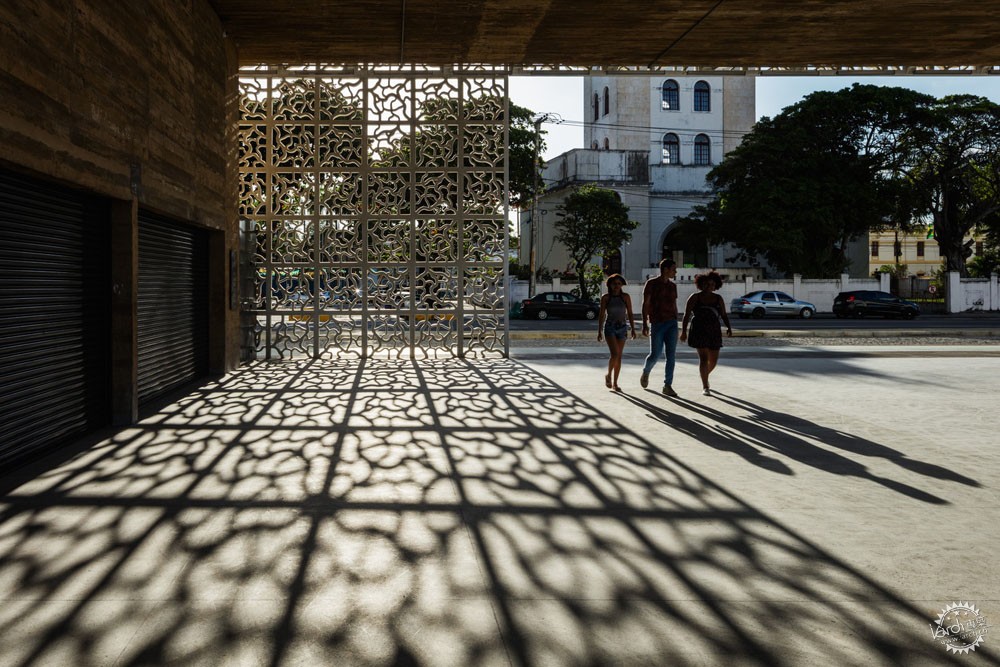
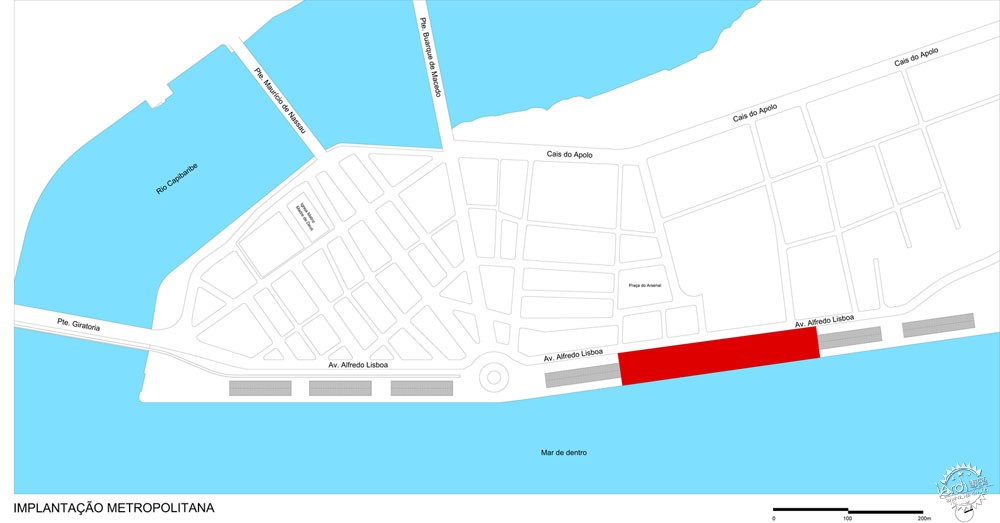
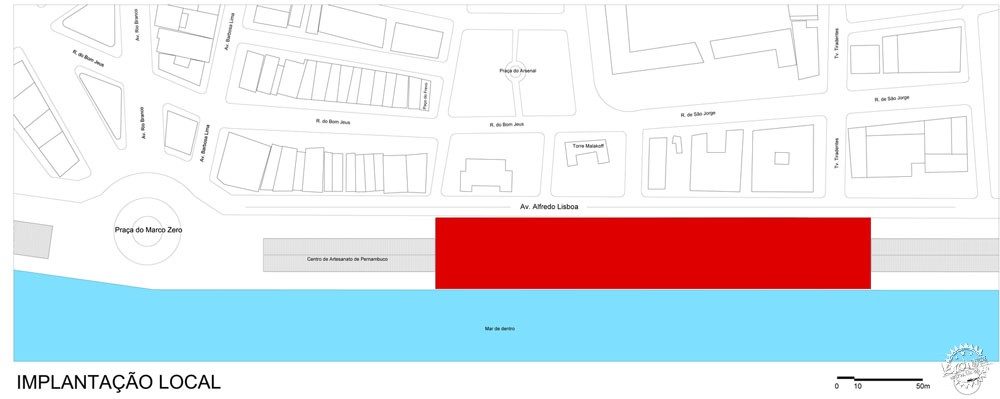
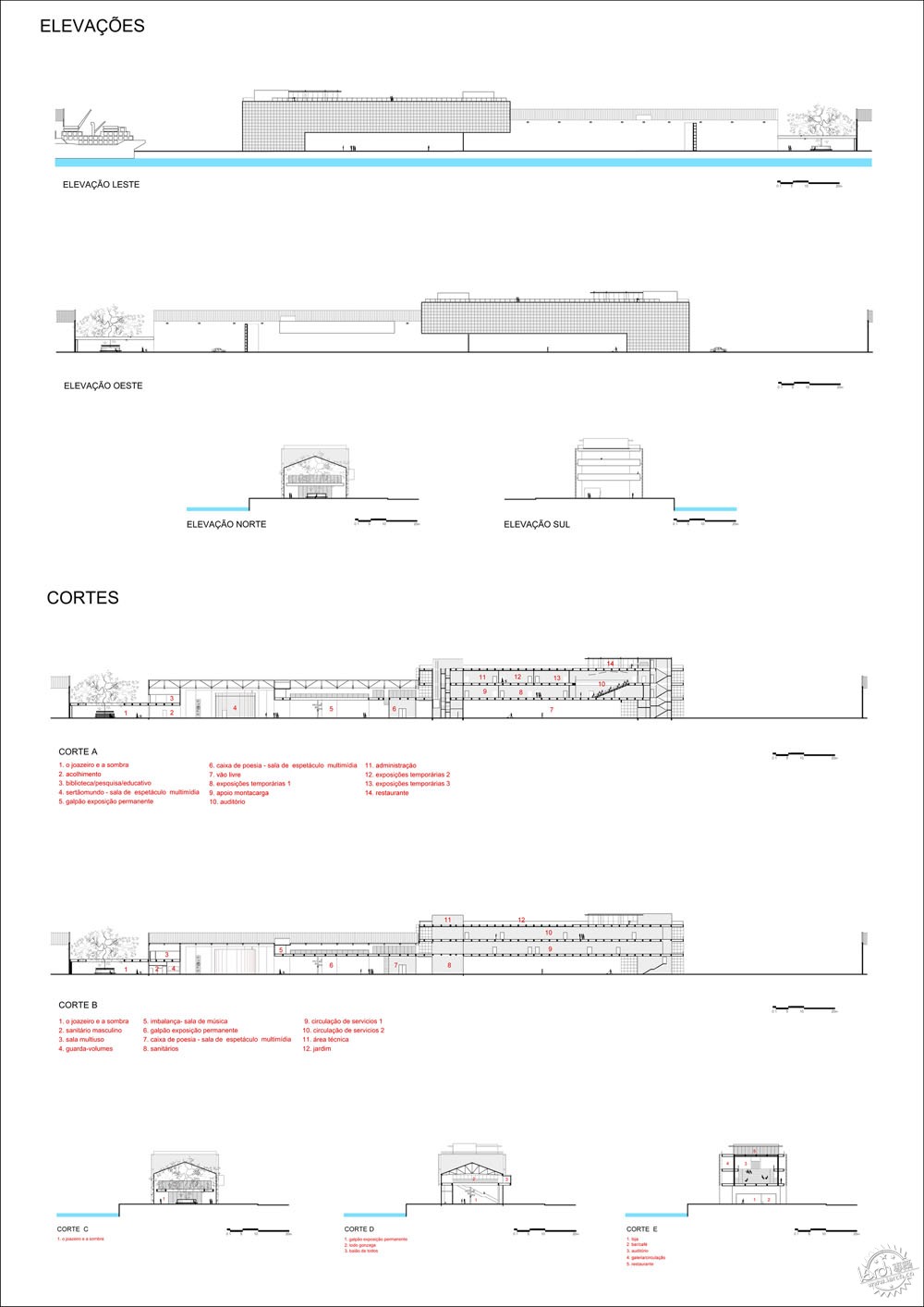
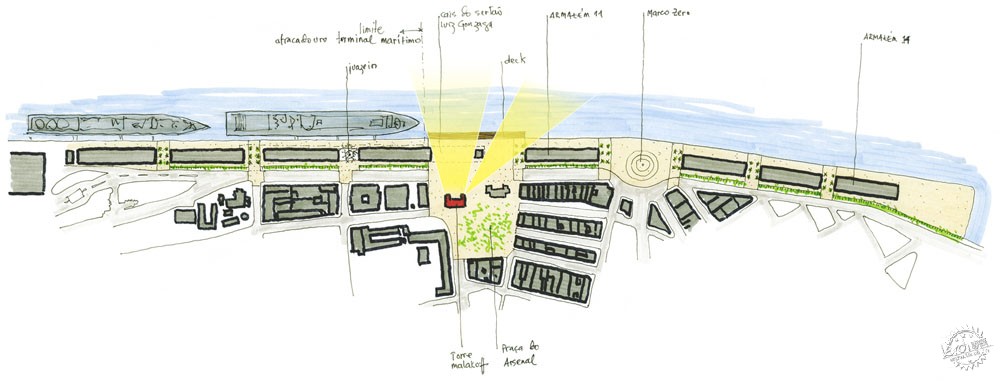
建筑设计:Brasil Arquitetura
地点:巴西
主创建筑师:Francisco Fanucci, Marcelo Ferraz
联合主创:Pedro Del Guerra, Cícero Ferraz Cruz, Luciana Dornellas
面积:5000.0 平方米
项目年份:2018年
摄影:Nelson Kon
制造商:Lanxess, Penha Vidros, Marcenaria Baraúna
合作方:Anne Dieterich, Beatriz Marques, Fabiana Paiva, Felipe Zene, Fred Meyer, Gabriel Mendonça, Gabriel Grinspum, Julio Tarragó, Victor Gurgel
实习生:Guilherme Tanaka, Laura Ferraz, Roberto Brotero, William Campos
图纸出版:Bruno Veiga, Francielle Lopes
项目管理:Colméia
建筑构造:Consórcio Gusmão/Concrepoxi
景观设计:André Paoliello
结构工程:Fabio T. Oyamada
电力装置:MBM Engenharia
液压装置:MBM Engenharia
空调系统:TR THéRMICA – soluções em sistemas aerohidrotérmicos
照明设计:Lux Projetos/Ricardo Heder
声学设计:Harmonia Acústica – Akkerman, Holtz
Architects: Brasil Arquitetura
Location: Av. Alfredo Lisboa, 10 - Recife, PE, 50030-030, Brazil
Authors: Francisco Fanucci, Marcelo Ferraz
Co-Authors: Pedro Del Guerra, Cícero Ferraz Cruz, Luciana Dornellas
Area: 5000.0 m2
Project Year: 2018
Photographs: Nelson Kon
Manufacturers: Lanxess, Penha Vidros, Marcenaria Baraúna
Collaborators: Anne Dieterich, Beatriz Marques, Fabiana Paiva, Felipe Zene, Fred Meyer, Gabriel Mendonça, Gabriel Grinspum, Julio Tarragó, Victor Gurgel
Interns: Guilherme Tanaka, Laura Ferraz, Roberto Brotero, William Campos
Publication Drawings: Bruno Veiga, Francielle Lopes
Manager: Colméia
Construtor: Consórcio Gusmão/Concrepoxi
Landscape: André Paoliello
Structure: Fabio T. Oyamada
Electric Installations: MBM Engenharia
Hydraulic Instalations: MBM Engenharia
Air conditioning: TR THéRMICA – soluções em sistemas aerohidrotérmicos
Illumination: Lux Projetos/Ricardo Heder
Acoustics: Harmonia Acústica – Akkerman, Holtz
|
|
